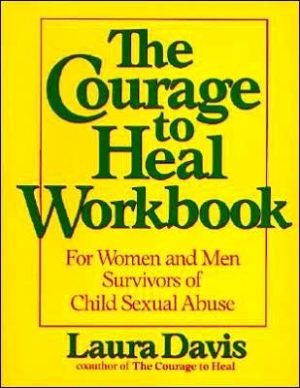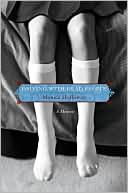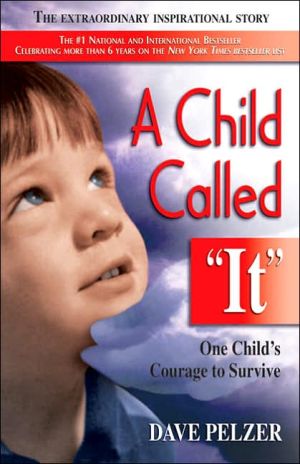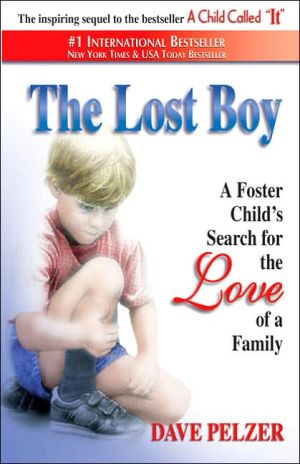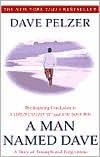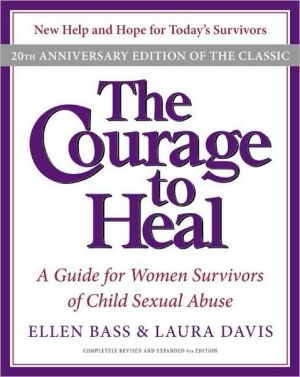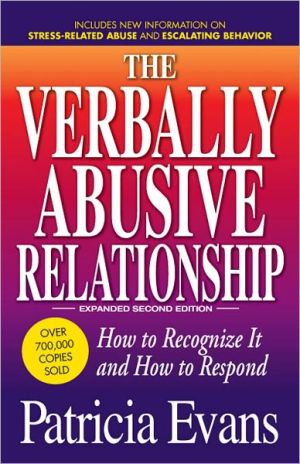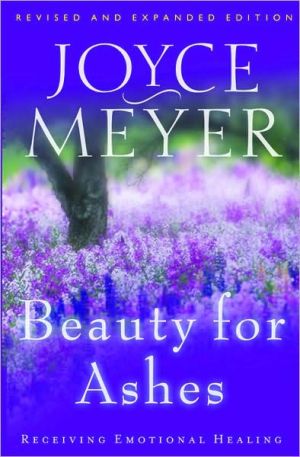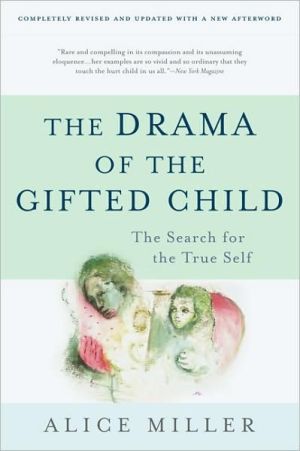Courage to Heal Workbook: A Guide for Women Survivors of Child Sexual Abuse
In this groundbreaking companion to The Courage to Heal, Laura Davis offers an inspiring, in-depth workbook that speaks to all women and men healing from the effects of child sexual abuse. The combination of checklists, writing and art Projects, open-ended questions and activities expertly guides the survivor through the healing process.\ \ Survival Skills—Teaches survivors to create a safe, supportive environment, ask for help, deal with crisis periods, and choose therapy.\ Aspects Of...
Search in google:
In this groundbreaking companion to The Courage to Heal, Laura Davis offers an inspiring, in-depth workbook that speaks to all women and men healing from the effects of child sexual abuse. The combination of checklists, writing and art Projects, open-ended questions and activities expertly guides the survivor through the healing process.Survival Skills — Teaches survivors to create a safe, supportive environment, ask for help, deal with crisis periods, and choose therapy.Aspects Of Healing — Focuses on the healing process: gaining a capacity for hope, breaking silence, letting go of shame, turning anger into action, planning a confrontation, preparing for family contact, and affirming personal progress.Guidelines For Healing Sexually — Redefines the concept of "safe sex" and establishes healthy ground rules for sexual contact.
The Courage to Heal Workbook\ A Guide for Women Survivors of Child Sexual Abuse \ Chapter One\ About The Exercises In This Book\ As you begin the workbook, you'll find that most of the chapters contain both cognitive and creative exercises. Cognitive exercises ask you to think, brainstorm ideas, complete sentences, answer questions, set goals, and make assessments. The creative ones use writing and art to explore your inner thoughts and feelings. "Things to Think About" offers questions to help you absorb and expand on the key concepts of each section, to be answered alone or used as the basis for group discussion. And many of the chapters include "Activities" that give you the opportunity to do things: make collages, design rituals, work with a partner. Finally, each chapter closes with a summary section called "Reflections," which includes a set of questions to help you assess your feelings, goals, and needs as you complete the chapter.\ Feel free to pick and choose among the exercises. Although each chapter follows a certain progression, there may be times when a particular exercise doesn't fit your needs. Maybe it calls for a lot of thinking, and you're having too many feelings to think clearly. Skip that exercise and come back to it later. Try a creative exercise or activity that's more geared to the expression of feelings.\ As you move through the workbook, there may be moments when you feel inadequate, confused, or unable to proceed. There may be ideas that are new to you or that aren't explained adequately. That means there's a flaw in the design of the book, not in you. At other times you may find that your particular set ofcircumstances or feelings aren't being named or acknowledged. That's not because you don't belong; it's because of an oversight on my part.\ Many of the exercises ask you to fill in blanks or answer questions, and they often begin with examples. These are intended to stimulate your own thinking and to demonstrate the way the exercise works. If the particular example given speaks to your experience, feel free to copy it down and include it as one of your answers.\ On the other hand, if the specifics of a particular exercise don't pertain to you, change them. If the sample question asks about your mother but you were raised by your grandmother, substitute your grandmother's name. If you were battered but not sexually abused, adapt the material to fit your experience.\ In workshop settings, survivors often want to know if they're doing the exercises the "right" way. There is no right or wrong way to do these exercises. They are for you. Feel free to alter them to fit your needs.\ Writing As A Healing Tool\ I've always used writing as a way to express myself and get in touch with my feelings, so it was natural for me to turn to writing when I began to recover memories of having been sexually abused. I wrote to quell the feelings, to deal with the panic, to express my feelings, to find answers. Writing opened up realms of information I couldn't reach with my conscious mind. It was a way to talk about what had happened to me. There was something about putting the words on paper that made me really believe they were true. In the early stages of healing, when I despaired that I wasn't getting anywhere, that all this therapy and introspection and work on myself was a cruel joke, writing was a way for me to chart my course, to mark my progress. I could go back and read my journals and see that things really had changed. And I could make commitments through my writing: "I will not give in. I will say no to sex I don't want. I won't let myself be abused anymore." Writing was a tremendous relief, and at many points my lifeline.\ When Ellen Bass and I agreed to collaborate on The Courage to Heal, it was a perfect fit. Ellen had pioneered the use of writing in her I Never Told Anyone workshops with survivors, and had developed a series of writing exercises that were unique and powerful. She wanted to share those exercises, and they became an integral part of The Courage to Heal.\ The Workbook builds on many of the writing suggestions, originally made in The Courage to Heal. Many of the exercises use the same technique introduced in the first book — freewriting, or stream-of-consciousness writing. Freewriting helps you to get in touch with buried feelings and memories. It helps you to get past your censors.\ This kind of writing can bring up strong emotions, and it's important that you build in some protection. Set a timer each time you sit down to write. That way you have a specific time frame, with a set beginning and end. (Other suggestions for creating safety can be found in "The Five Building Blocks of Safety" on page 2 1.)\ You can, also experiment with the way you write. You might want to try writing with your opposite hand. The childlike writing that results can help put you in touch with childhood feelings. I remember watching one woman do this in a workshop. After a few moments of furious scribbling, she shifted her position, grasping the pen in her fist with the point down, much as a young child would do.\ Although there's ample room for writing in the workbook, you may prefer using crayons or markers on big sheets of newsprint or some double lined paper (like the kind you learned to write on). If it's too hard for you to write by hand, you can use a typewriter, a computer, or a tape recorder.\ Sharing Your Words\ In The Courage to Heal we emphasized the power of sharing your writing out loud. Frequently survivors write without any visible expression of emotion, but as soon as you read what you've written, feelings surface...\ The Courage to Heal Workbook\ A Guide for Women Survivors of Child Sexual Abuse. Copyright © by Laura Davis. Reprinted by permission of HarperCollins Publishers, Inc. All rights reserved. Available now wherever books are sold.
